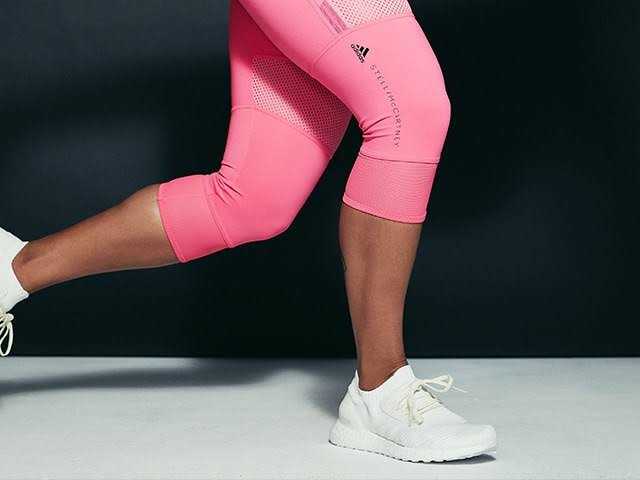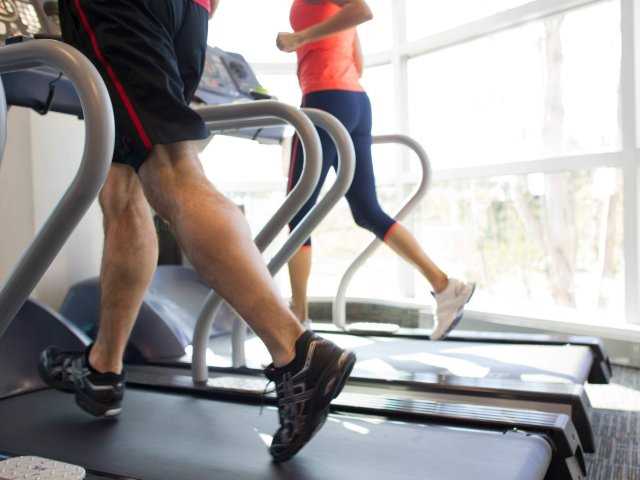Choosing a running shoes that is engineered for your certain sort of foot can aid you prevent some common running injuries. It can additionally make running more pleasurable as well as allow you get even more mileage out of your shoes.
Shoe producers are aware that, anatomically, feet generally fall into among 3 categories. Some individuals have “floppy” feet that are really loose-jointed. Since feet like this are as well mobile, they provide as well as roll to the within when they hit the ground.
Floppy feet leave a level foot impact on damp sand. Incorrectly fitted running shoes tend to cause irregular endure both the inside as well as outside of the footwear. The heels will certainly have a tendency to use erratically on the within. Common injuries for drooping feet from poorly fitted running shoes are knee discomfort, arc discomfort, as well as heel discomfort. Drooping feet require movement control running shoes.
At the other extreme are individuals with “inflexible” feet. These feet are really tight-jointed and also do not produce enough upon impact. Inflexible feet leave just the toes, balls of the feet, and heel perception in wet sand. An additional name is high arch feet. Incorrectly fitted running shoes for inflexible feet have a tendency to use erratically outside of the footwear.
Heels use exceedingly outside edge. Common stiff foot running injuries are stress and anxiety cracks, shin splints, and ankle strains. To aid avoid these influence associated injuries, these people need effect control running shoes.
The third kind, or typical foot, drops somewhere between mobile and stiff. This type of foot can utilize any kind of running shoe that is steady and also correctly cushioned.

Normally, whatever sort of feet you have, when looking for running footwear, keep the complying with in mind: Anticipate to invest between $50 and $150 for a pair of excellent running shoes. Discuss your foot kind, foot problems, and footwear requires with a well-informed salesman. Check online for readily available brand names and their prices prior to purchasing at retailers. Get a training shoe, not an auto racing shoe.
When trying on running shoes, wear socks that are as similar as feasible to those in which you will certainly run. Be certain to try on both footwear. One foot is often bigger than the various other. Consider more than one version of footwear.
Pick a pair of running footwear that fit both feet well while you are standing. If in any way feasible, try running in the shoes on a non-carpeted surface. Run in place if you must. This provides you a feel for how your new running shoes may perform on the route.
Regardless of the reputation of the maker, carefully inspect the footwear for flaws that might have been missed by quality assurance. Do the following:
Area the shoes on a level surface area and also check the heel from behind to see that the heel mug is perpendicular to the sole of the shoe. Really feel the joints inside the shoe to establish if they are smooth, even, as well as well-stitched. Check for loose strings or additional glue spots; they are normally indications of inadequate building and construction.
Running footwear’ capability to safeguard you from injury lowers as the gas mileage on them enhances. Tape the variety of miles you run with them regularly, and also always change your running shoes when they have built up 500 to 700 miles even if they show little wear.
